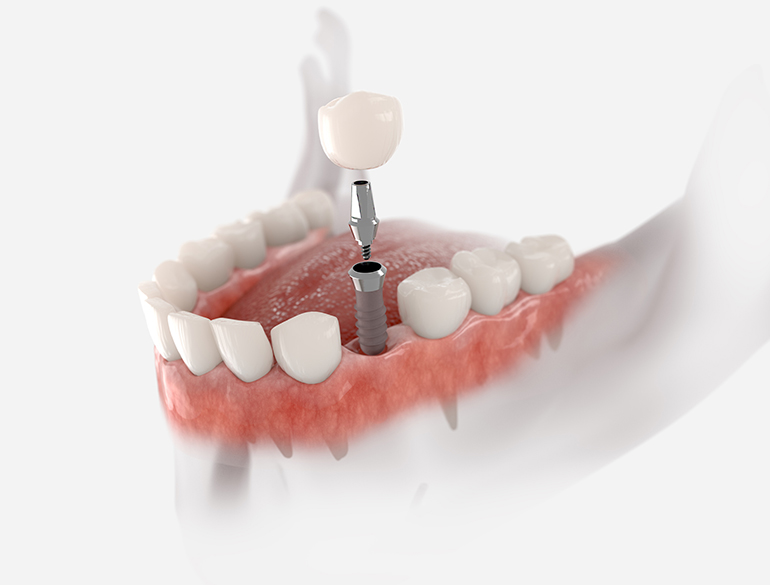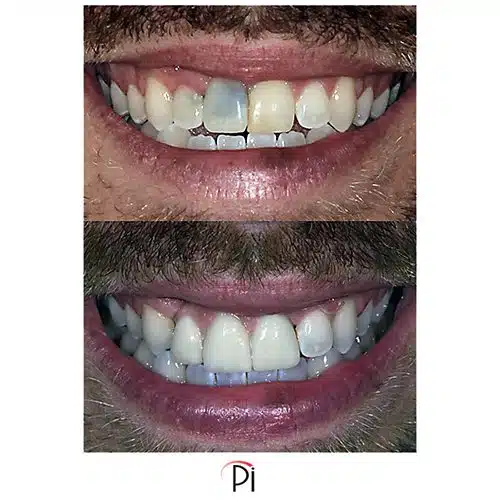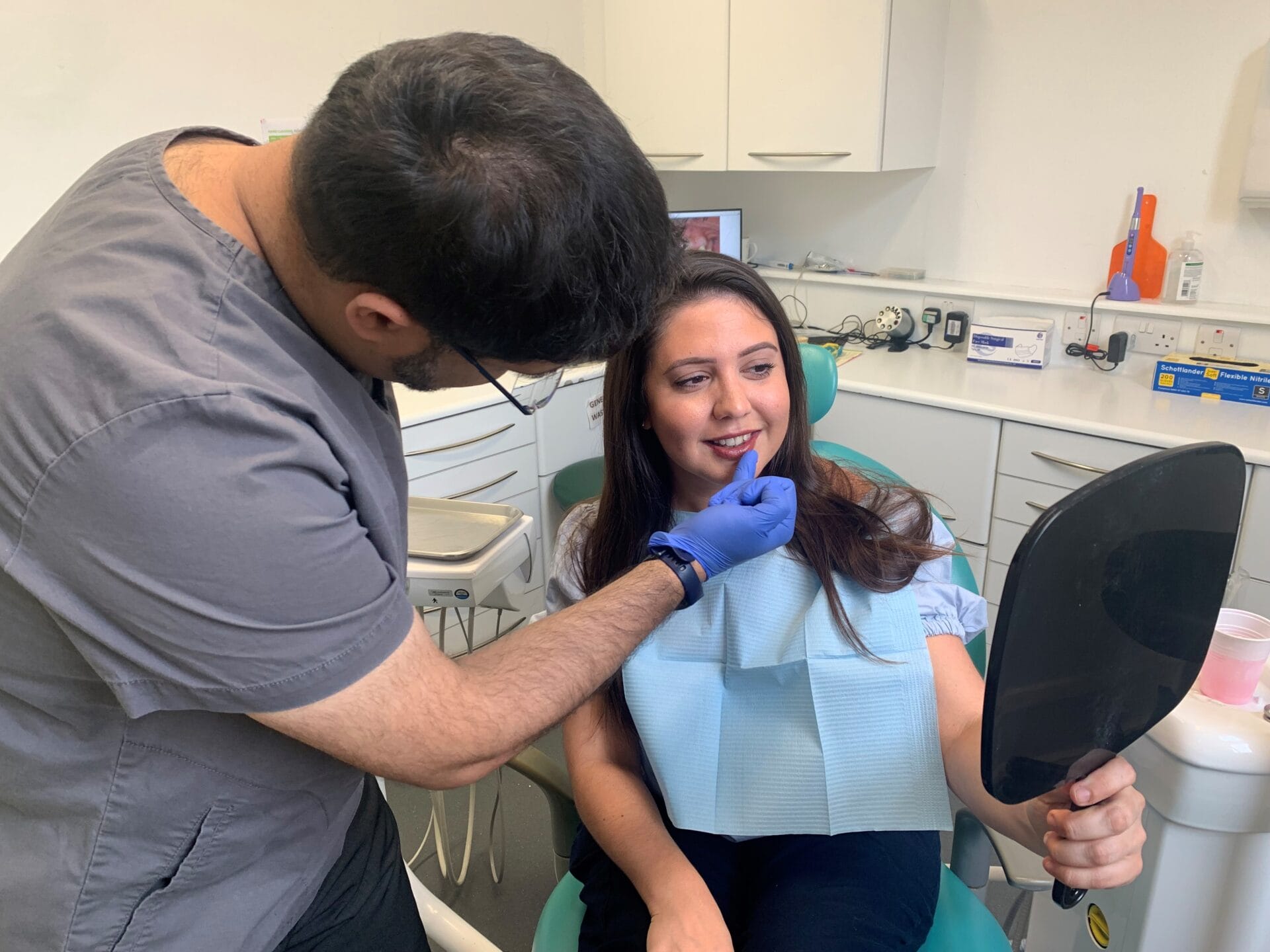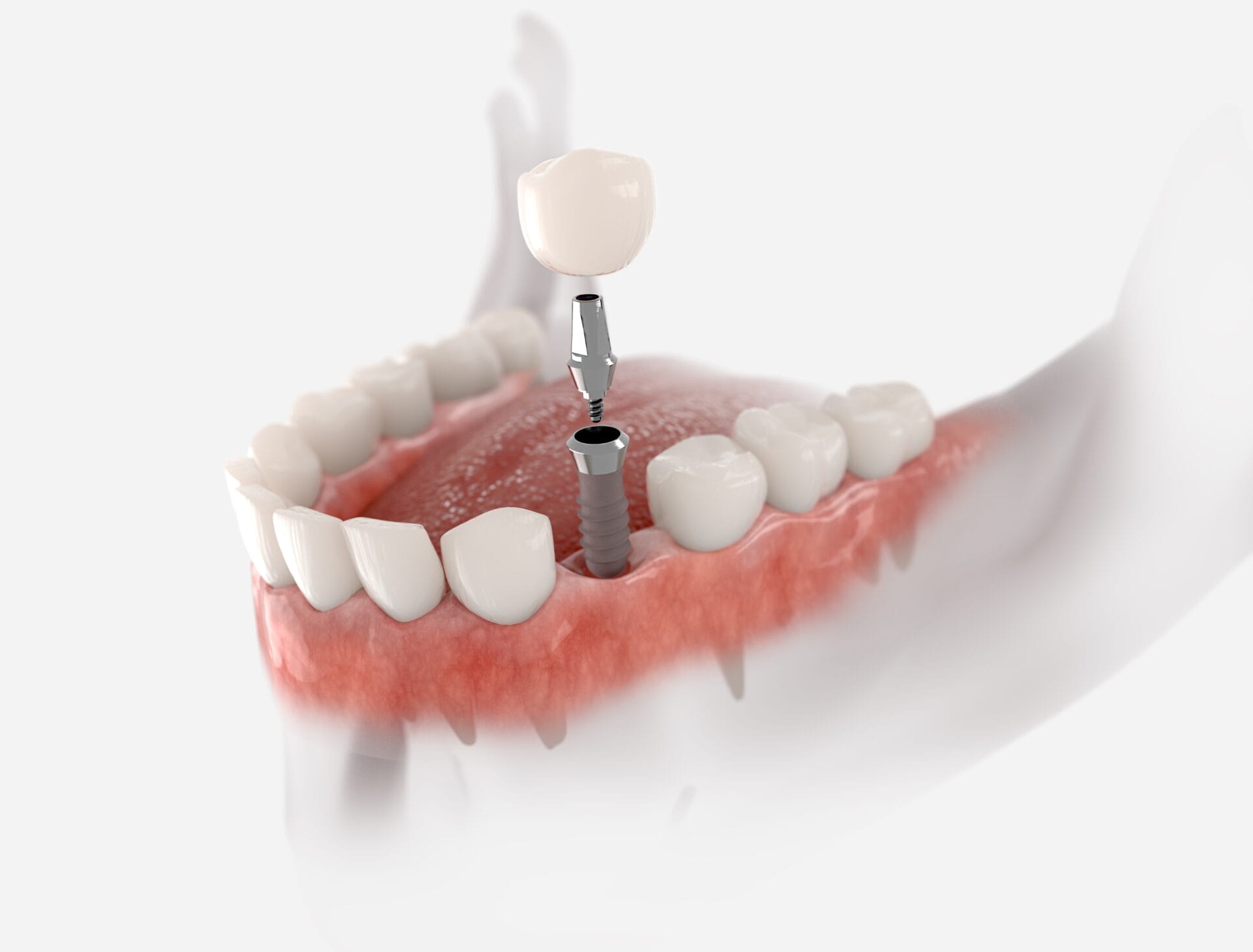Discover Quality in Dental Implants Kent: Smile Confidently
Discover Quality in Dental Implants Kent: Smile Confidently
Blog Article
Experience the most up to date Developments in Oral Implants Innovation
As the field of dentistry proceeds to develop, the advancements in oral implant modern technology have actually been nothing brief of exceptional. The integration of modern technology is reinventing the capability of dental implants, assuring improved end results and client complete satisfaction.
Advanced Materials for Boosted Toughness
In the realm of oral implants technology, the integration of sophisticated materials has substantially added to boosting resilience and long life of these essential oral prosthetics. The use of materials such as titanium alloys, zirconia, and ceramic substances has reinvented the field by using increased biocompatibility, strength, and resistance to rust.
Titanium alloys are extensively used in dental implants as a result of their outstanding strength-to-weight proportion, corrosion resistance, and compatibility with the human body. These alloys make sure the security and longevity of the dental implant by withstanding the forces put in during speaking and chewing, offering a reliable service for individuals seeking long lasting tooth substitutes.
Zirconia, a sort of ceramic product, has actually gained popularity for its biocompatibility and all-natural tooth-like look. Its high stamina and resistance to use make it an ideal selection for oral crowns and bridges, enhancing the general appearances and capability of the dental implant.

Digital Imaging for Precise Positioning
The development of oral implants innovation has actually better advanced with the integration of electronic imaging strategies, ensuring precise positioning of these prosthetics for ideal practical and aesthetic outcomes. Digital imaging plays a crucial duty in the preparation and placement of dental implants by giving detailed 3D photos of the person's jawbone framework. This innovation allows dental professionals to evaluate bone density, situate crucial structures, and plan the exact position and angle for dental implant positioning with exceptional accuracy.
By making use of digital imaging, dentists can produce virtual medical guides that act as a roadmap during the dental implant placement treatment. These guides are tailored for each and every individual, considering their unique makeup and the desired end result. This level of accuracy not only boosts the success rate of oral implant procedures yet also lowers the danger of problems.
Furthermore, digital imaging makes it possible for dental experts to envision the last prosthetic restoration prior to the real placement of implants, enabling meticulous preparation and guaranteeing that the end result meets the individual's visual expectations. Generally, the integration of electronic imaging modern technology has reinvented the area of oral implants, offering clients a more predictable, reliable, and patient-specific therapy approach.

Minimally Invasive Surgical Methods


Improvements in surgical techniques have resulted in the development of minimally intrusive strategies in the field of dental implantology. These techniques intend to minimize trauma to the patient, reduce recovery times, and improve total therapy results. Minimally invasive procedures entail smaller sized cuts, specialized tools, and progressed imaging modern technologies to precisely position dental implants with minimal disturbance to bordering cells.
One secret facet of minimally invasive methods is using led surgical procedure, where 3D imaging and computer-aided design software program are utilized to plan the dental implant placement with terrific accuracy. This allows for an extra predictable important link end result and can usually remove the demand for comprehensive flap surgery.
Additionally, developments in products and implant design have additionally contributed to the success of minimally intrusive techniques. Implants with improved surface area buildings promote much faster osseointegration, decreasing the recovery time required before the prosthetic reconstruction can be put.
3D Printing for Custom-made Solutions
Utilizing 3D printing innovation in oral implantology permits the creation of extremely tailored solutions tailored to specific person requirements and anatomical variations. This sophisticated technology allows oral specialists to create and make dental implants with remarkable accuracy and precision. By making use of electronic imaging techniques, such as cone beam computed tomography (CBCT), in-depth 3D versions of the person's mouth can be created to guide the implant planning process.
One of the essential advantages of 3D printing in dental implantology is the ability to create patient-specific implants that perfectly fit the distinct makeup of each person. This personalized method helps boost the general success and durability of the dental implant by making sure optimum fit and placement. In addition, 3D printing enables for the production of intricate geometries and detailed frameworks that would certainly be difficult or difficult to accomplish utilizing conventional manufacturing methods.
Furthermore, 3D printing innovation allows dentists to simplify the implantation procedure, lowering surgery time and enhancing total individual experience. With its capability to create customized solutions rapidly and efficiently, 3D printing is revolutionizing the area of dental implantology, offering patients cutting-edge therapy choices and improved end results.
Integrated Innovation for Improved Performance
Applying sophisticated innovation in oral implantology enhances performance and accuracy, elevating the requirement of treatment for clients going through dental implant treatments. Integrated technology plays a crucial duty in improving the total success and resilience of dental implants.
Additionally, the assimilation of computer-aided design and computer-aided manufacturing (CAD/CAM) technology makes it possible for the production of customized implant remediations with outstanding precision. CAD/CAM systems make use of electronic impacts to design prosthetics that perfectly fit the individual's one-of-a-kind anatomy, guaranteeing ideal convenience and capability. Additionally, making use of robotic-assisted surgical treatment in dental implant positioning boosts precision and minimizes the risk of human error.
Final Thought
In final thought, the most recent innovations in dental implants modern technology deal boosted durability through advanced products, exact placement with digital imaging, minimally invasive surgical techniques, personalized options with 3D printing, and enhanced performance with integrated technology - Dental implants Kent. These developments in oral implants modern technology are transforming the field and linked here giving people with even more efficient and effective therapy choices for restoring their smiles and dental wellness
The combination of technology is changing the performance click this site of oral implants, guaranteeing improved outcomes and person contentment.
The development of oral implants modern technology has actually better progressed with the integration of electronic imaging techniques, making certain exact positioning of these prosthetics for optimal useful and aesthetic results. Minimally invasive surgical treatments entail smaller sized incisions, specialized tools, and progressed imaging innovations to specifically position dental implants with marginal disruption to surrounding cells.
Applying advanced innovation in oral implantology improves capability and precision, raising the criterion of treatment for patients going through dental implant treatments. Dental implants Kent. Integrated technology plays a critical role in improving the overall success and durability of dental implants
Report this page